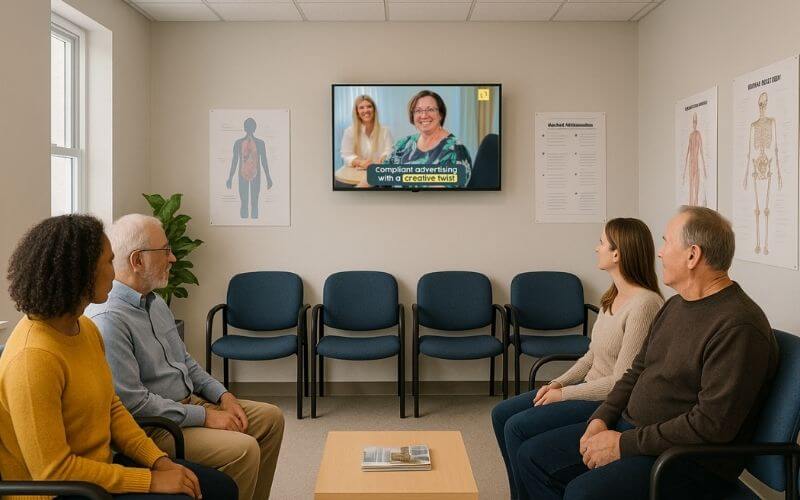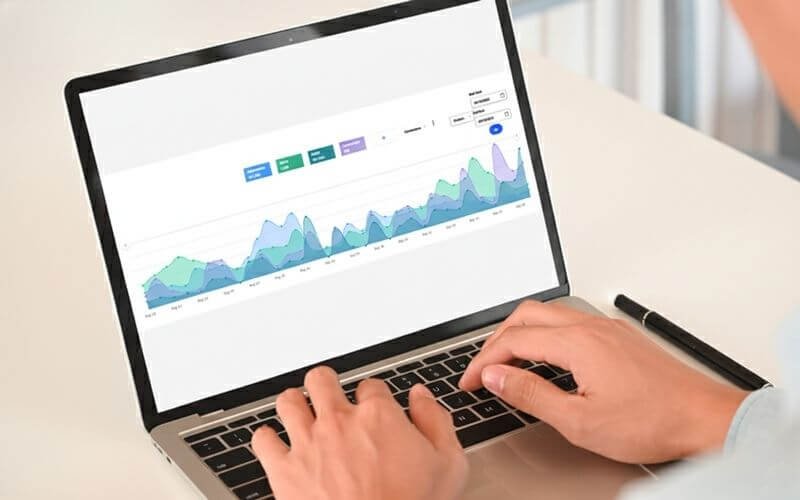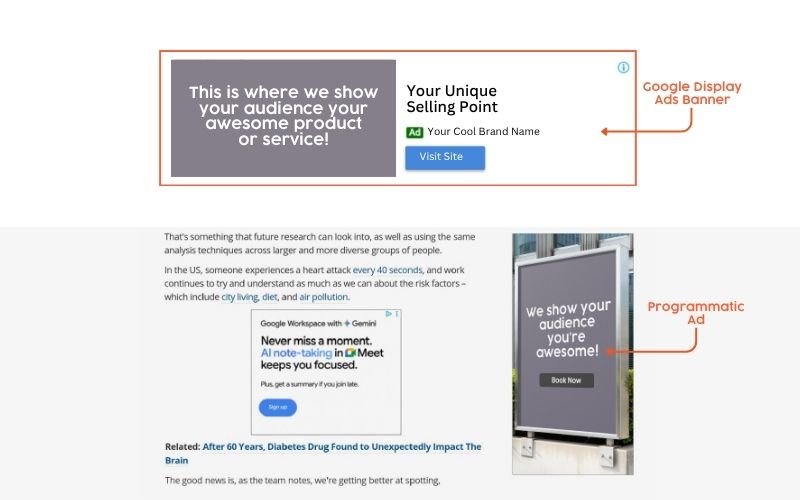What comes to mind when you think of ‘disability access’? Wide walkways? Ramps as an alternative to stairs? Lift buttons and light switches lower down the wall so they can be reached from a wheelchair?
Those are all important accessibility options but they’re all physical ones. These days, so much of our work, shopping, financial management and holiday planning is done online.
That begs the question – how accessible is your website?
And just how many potential clients could you be losing if it’s inaccessible? Maybe more than you think given the number of Australians living with disability.
What is disability?
Accidents, trauma, genetic conditions and many different diseases can cause disability – something that restricts a person’s mental, sensory or mobility functions.
But the way our society is constructed can also disable people, making it more difficult for them to interact with the world around them or engage in certain activities.
This is known as the social model of disability. It sees disability as the result of a problematic interaction between people living with a range of impairments and an environment filled with barriers to their participation.
Those barriers are not only physical ones like a flight of stairs. They also exist in our attitudes and communication styles (such as a lack of captions, braille or sign language).
How many Australians have a disability?
One in 6 Australians has a disability. That’s 18% of the population or about 4.4 million people. That rises to 1 in 2 people (50%) of over-65s.
- Physical – mobility difficulties, wheelchair use, breathing difficulties, chronic or recurrent pain
- Sensory
- Sight – over half a million Australians are blind or vision impaired
- Hearing – 1 in 6 Australians lives with hearing loss
- Speech
- Psychosocial – memory problems, social or behavioural difficulties, mental illness, emotional conditions, anxiety
- Stroke or acquired brain injury.
As you can see, this is not a niche population. People with disabilities represent a broad group with diverse experiences and needs. Many people with disabilities are working, studying, shopping, volunteering or booking trips or healthcare appointments. They represent a significant proportion of your clientele.
What is accessible website design?
A physical building can be made more accessible to people with disabilities by widening entranceways, providing ramps as well as stairs, lowering switches or adding braille to signs, to name just a few possibilities.
Your website, though, is often the first (and sometimes the only) way people engage with your business. If it’s not deliberately designed to be accessible, it can be just as hard for people with disabilities to use it as it is for a wheelchair user to enter a building with no ramp.
Take a look at your website. Imagine you can’t hear or see well. What would you miss? What if you were colour blind? What if you couldn’t use a mouse to navigate by clicking?
Accessible website design means creating your website so that people with disabilities can use it as easily as any other user. Accessible website design may involve:
- Applying a clear layout and design to all pages including navigation, links and text
- Checking your page titles
- Adding captions to any videos on your website
- Removing contrast errors to support people with low vision or colour blindness
- Scalable text so that your users can make the text larger if they wish
- Ensuring a variety of media, including imagery, video, icons and text (and ensuring alt-text properly describes each image)
- Ensuring a screen reader (a type of assistive technology that scans text and reads it aloud) can map your website
- The ability to navigate using a keyboard rather than a mouse
- Developing links, buttons, checkboxes, and other controls in a matter that is suitable for use when tapping with a finger for people without the fine motor control needed to use a mouse
- Optimising the website for use on desktops, tablets and smartphones
- Enabling a ‘skip to content’ function that provides a shortcut to the main content (visit www.bbc.com and tap your tab key twice or www.amazon.com.au and tap your tab key once to see this in action).
There are many more aspects to website accessibility, which involves applying the principles of the Web Content Accessibility Guidelines (WCAG).
Benefits of improving your website’s accessibility
Is the work worth it? Absolutely, yes.
Firstly, because you’re helping to create a better, more inclusive society that reduces the many barriers faced by people with disabilities. That’s worthwhile in its own right – and it’s also great for your brand.
Secondly, because it can directly benefit you too. Many of the requirements of accessible website design overlap with good practice for search engine optimisation (SEO).
Improving the accessibility of your website may lead to:
- More website traffic – you may attract more website visitors because you’re no longer excluding the 1 in 6 users with disability
- Less legal risk – it’s becoming more common for disability organisations to sue businesses with inaccessible websites
- Better SEO – an accessible website may help you climb higher up the Google rankings (better navigation is easier for Google’s bots to crawl and it likes features like alt-text)
- Faster page speed – most users are too impatient to wait for a slow page to load. Accessible design leads to faster page speeds, which leads to better Google rankings and more website users
- More customers – clearer navigation and a better customer journey may lead to more conversions and therefore more customers.
How can you assess your website’s accessibility?
The Web Accessibility Initiative provides a list of ‘easy checks’ you can do on your own website. Exactly how ‘easy’ these prove in practice will depend on your knowledge of website design and programming.
You may find it easier to ask us to do it.
Splice Marketing can review your website against the WCAG standards and highlight areas for improvement so that you can access a wider audience of potential clients.
We’ve been through this process ourselves and are pleased to say our website and our office passed the accessibility test as certified by Spinal Life Australia. We’ve also supported several clients to modernise their websites to meet accessibility standards in line with their brand values and their growth strategy.
Before launching (or relaunching) your website, we conduct thorough checks using a website accessibility screening tool to ensure your content and design meet international standards, WCAG 2, and Australian standards against WCAG 2.0 AA. If you’d like to explore how we could help you make your website accessible, please book your free 30-minute consultation today.







